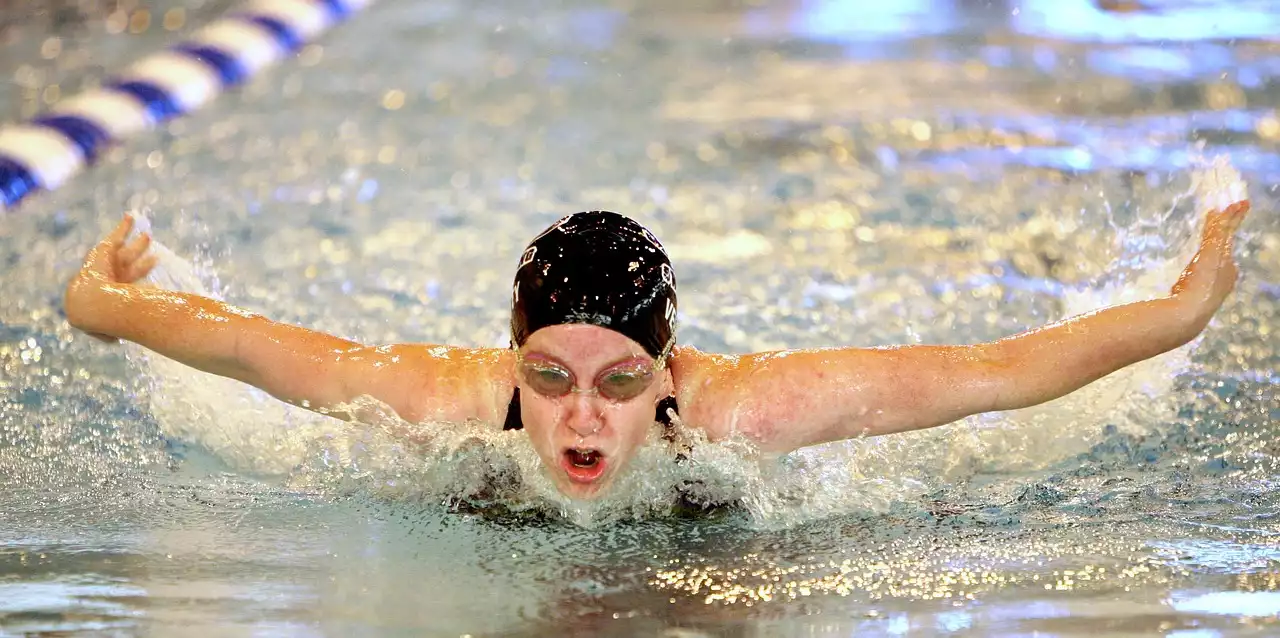Types of Strokes Allowed
In swimming competitions, certain strokes are approved and allowed. The most common strokes are freestyle, backstroke, breaststroke, and butterfly. Each of these strokes has its own set of rules for proper technique and execution. It is important to understand the rules for each stroke to avoid disqualification. For example, in freestyle, the swimmer must touch the wall with both hands simultaneously when turning at the end of each lap. It is also important to stay in one lane during a swim and not to cross over to another lane.
In backstroke, the swimmer must remain on their back throughout the entire swim. The arms must stay underwater at the start and during the turn. In addition, the swimmer must stay within their lane during the entire swim. For breaststroke, the swimmer must remain on their chest throughout the entire swim. The arms must move in a simultaneous pattern and the legs must move together in a circular pattern.
The butterfly stroke is the most difficult of the four strokes to perform. The arms must move in a simultaneous up-and-down pattern, while the legs must move together in a scissor-like motion. It is important to remember that the swimmer must remain on their stomach throughout the entire butterfly stroke.
Proper Swimwear and Equipment
The proper swimwear and equipment are also important in avoiding disqualification. According to the official rules of the International Swimming Federation (FINA), all swimmers must wear approved swimsuits. The swimsuits must not be made of materials that provide buoyancy or speed advantage.
In addition to the swimsuit, swimmers must also wear the proper equipment to avoid disqualification. This includes a swim cap, goggles, and a nose clip. All of these items must be worn during the swim to protect the swimmer and also to ensure that they are not disqualified.
Preparation Techniques
In addition to understanding the types of strokes allowed and the proper swimwear and equipment, it is also important to prepare properly for a swim competition. This includes doing proper warm-ups and stretching exercises before the swim. It is also important to practice the strokes in the pool before the competition to ensure that the swimmer is comfortable with the stroke and the technique.
It is also important to practice starts and turns. This will help the swimmer to have a better understanding of the rules and regulations for each stroke. This practice time will also help the swimmer to become familiar with the pool and the environment.
Common Disqualification Rules
To avoid disqualification, it is important to understand the common disqualification rules. These rules include not touching the bottom or walls of the pool during the swim, not swimming in the wrong direction, and not crossing over to another lane during the swim. It is also important to avoid any kind of physical contact with other swimmers.
In addition, swimmers must also avoid any type of performance-enhancing drugs. This includes any type of substance that might give the swimmer an unfair advantage. The use of any type of performance-enhancing drugs or substances can result in disqualification.
Common Infractions and Disqualifications
In addition to understanding the common disqualification rules, it is also important to understand the common infractions and disqualifications. These include false starts, improper turns, and improper finishes. A false start occurs when a swimmer begins a race before the starting signal is given. This can result in disqualification.
Improper turns and finishes can also result in disqualification. A swimmer must touch the wall with both hands simultaneously when turning at the end of each lap. If a swimmer does not touch the wall with both hands, this can result in disqualification. At the end of the race, a swimmer must finish with both hands on the wall. If a swimmer fails to do this, they can be disqualified.
Understanding Disqualification Warnings
In some cases, swimmers may receive a disqualification warning before being disqualified. This warning is given to inform the swimmer that they violate a rule or regulation. The warning is not a disqualification and the swimmer may still be able to compete if the violation is corrected. It is important to understand the warning and take the necessary steps to correct the violation to avoid disqualification.
Tips for Avoiding Disqualification
To avoid disqualification in a swim competition, it is important to understand the rules and regulations of the sport. Swimmers should take the time to practice the strokes, warm up, and stretch before the swim, and understand the common infractions and disqualifications. It is also important to understand the warning system and take the necessary steps to correct any violations to avoid disqualification.
In addition, swimmers should make sure they are wearing the proper swimwear and equipment, and that they are familiar with the pool and environment in which they are competing. By taking the time to understand the rules and regulations, swimmers can be well on their way to achieving a great result in their next swim competition.








